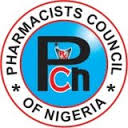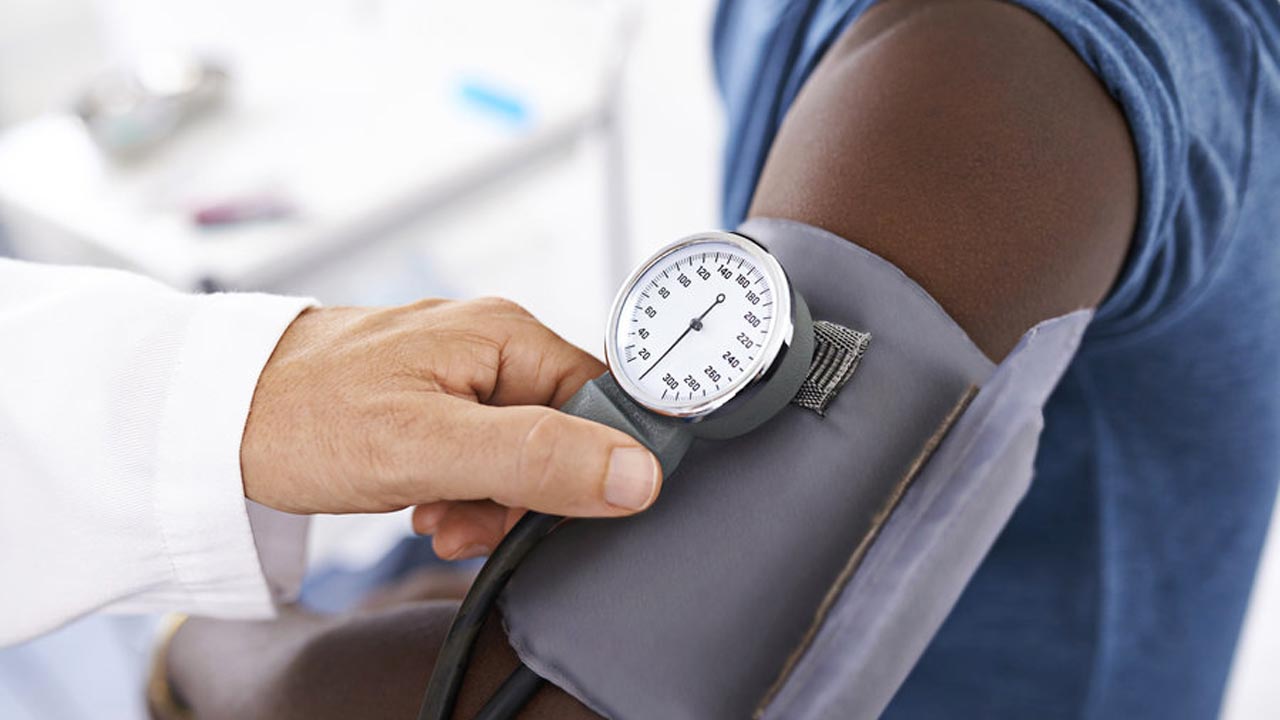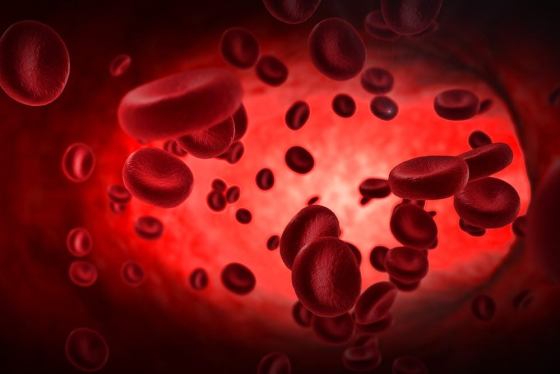A stroke is a very scary thing: A vessel carrying blood to the brain becomes blocked or bursts, leaving the brain deprived of the essential oxygen and nutrients it needs to survive. In the minutes following a stroke, brain cells begin to die.
Strokes are the No. 1 cause of disability and the No. 4 cause of death in the United States, according to the American Stroke Association. But knowing the risk factors and symptoms of a stroke can play a huge role in reducing the potentially devastating effects.
Types of strokes
There are two main types of strokes: ischemic and hemorrhagic, according to the stroke association.
. Ischemic strokes account for 87% of all stroke cases. When a blood vessel becomes blocked by fatty deposits, blood has trouble passing through to the brain. An ischemic stroke is caused by this obstruction. A thrombotic ischemic stroke occurs when a blood clot forms at the blocked part of a vessel. An embolic ischemic stroke occurs when a blood clot forms at another spot in the body and travels to a vessel in the brain that's too small to let it pass.
. A hemorrhagic stroke is caused by a weakened blood vessel that ruptures and bleeds into the brain, according to the association. You may have heard of an aneurysm; an aneurysm is a sort of bubble in a blood vessel that can grow until it bursts. That can cause a hemorrhagic stroke.
Symptoms
. Spotting the early signs of a stroke and getting help quickly can reduce any long-term effects, the association says. "The sooner a stroke victim gets to the hospital, the sooner they'll get treatment. And that can make a remarkable difference in their recovery," the ASA website states.
. Use the F.A.S.T. acronym to identify symptoms: If you see Face drooping, Arm weakness or Speech difficulty, it's Time to call 911.
. Other symptoms include sudden numbness in the legs, sudden confusion or trouble seeing, sudden dizziness or loss of balance, or a sudden severe headache.
If you or a loved one is at high risk for a stroke, download the American Stroke Association's new F.A.S.T. mobile app, available for iPhones and iPads on the App Store. An Android version is coming soon.
Risk factors
Your diet and exercise habits play a big role in your risk for having a stroke. Remember, fatty deposits in blood vessels cause the majority of stroke cases. High blood pressure is the leading cause of stroke, according to the American Stroke Association.
Smoking can also play a role: Nicotine and carbon dioxide cause damage to your blood vessels, weakening them and putting you at risk of a hemorrhagic stroke.
Genetics may be a risk factor as well. Your risk of having a stroke is higher if an immediate family member has had a stroke, according to the asociation.
"Some strokes may be symptoms of genetic disorders like CADASIL, which is caused by a gene mutation that leads to damage of blood vessel walls in the brain, blocking blood flow," the organization's website states.
For more information, visit: American Stroke Association
By Jacque Wilson,
CNN
ABUJA: Training Schedule for Basic Life Support BLS, Pediatric Advanced Life Support (PALS), Advanced Cardiovascular Life Support ACLS, First Aid, CPR, AED
PORTHARCOURT: Training Schedule for Basic Life Support BLS, Pediatric Advanced Life Support (PALS), Advanced Cardiovascular Life Support ACLS, First Aid, CPR, AED
LAGOS: Training Schedule for Basic Life Support BLS, Pediatric Advanced Life Support (PALS), Advanced Cardiovascular Life Support ACLS, First Aid, CPR, AED





